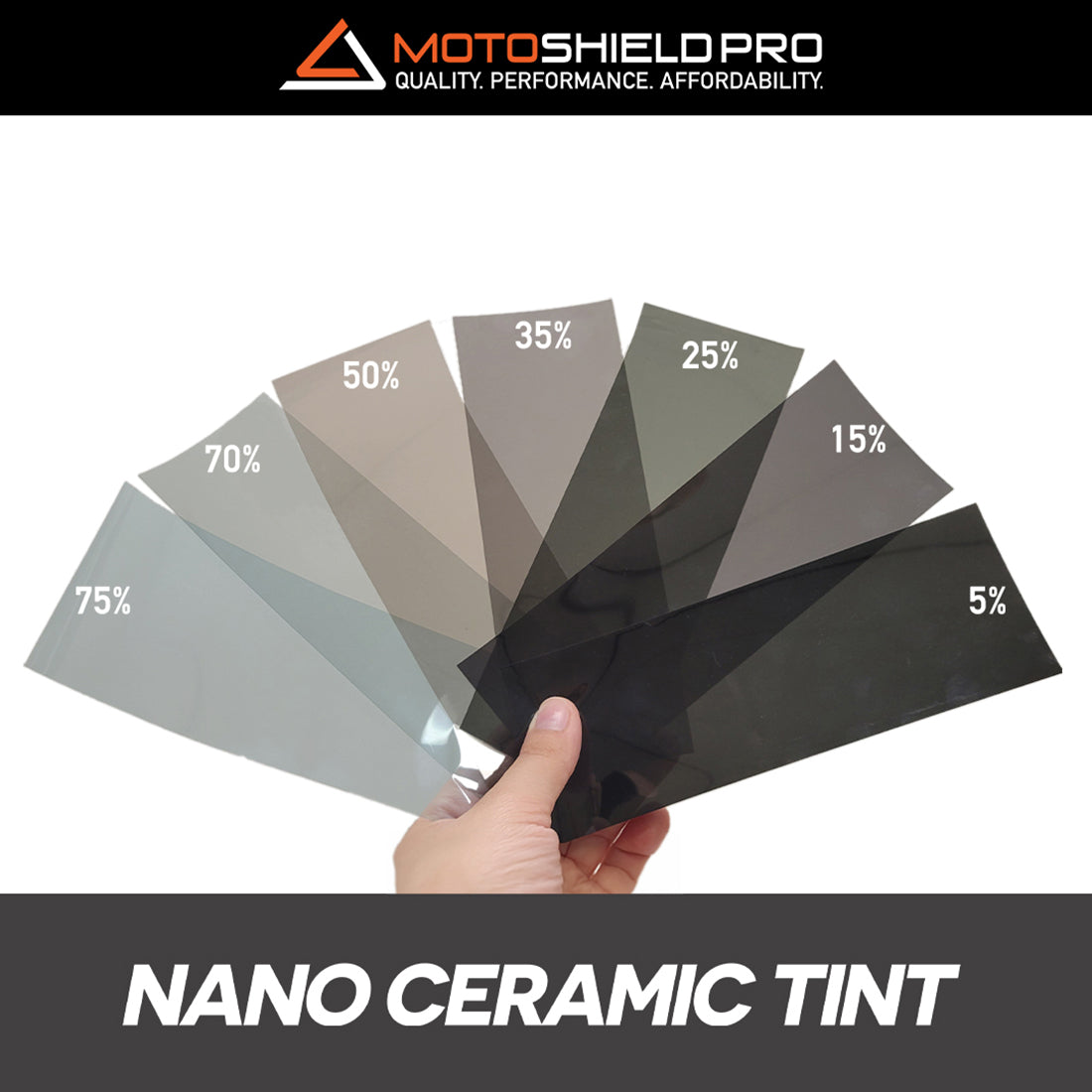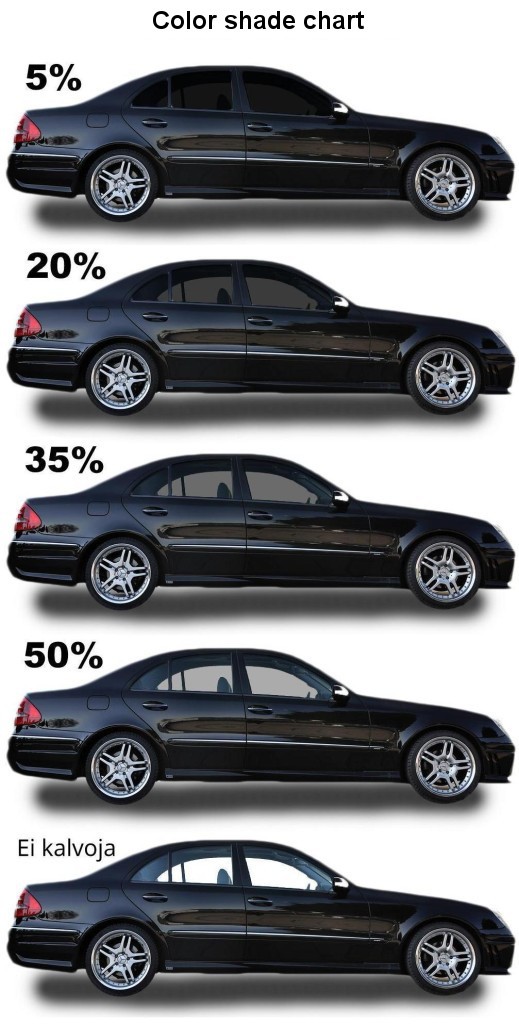Top-Rated Auto Window Tinting Solutions in Your Area
Top-Rated Auto Window Tinting Solutions in Your Area
Blog Article
Home Window Tinting Laws and Standards: What You Need to Know Before Tinting Your Cars And Truck
Prior to continuing with window tinting for your car, it is crucial to acquaint on your own with the varied regulations and guidelines that govern this technique throughout various states. These laws determine the acceptable degrees of color darkness, typically measured by noticeable light transmission (VLT) percents, and consist of certain terms for front windshields focused on making certain road security. Furthermore, certain jurisdictions might use clinical exceptions for individuals with certifying conditions. Comprehending these complexities can save you from potential legal ramifications, however what are the particular regulations in your state?
Review of Window Tinting Rules
Window tinting regulations are frequently based on variant across various territories, mirroring regional laws and safety factors to consider. These regulations dictate the acceptable levels of tint darkness and reflectiveness on car windows, ensuring that vehicle drivers maintain ample presence while also shielding versus harmful UV rays and heat.
The majority of policies classify window tinting based upon the Visible Light Transmission (VLT) portion, which suggests the quantity of light that can travel through the home window. Normally, lower VLT portions signify darker tints. Laws often differentiate in between the front, side, and rear home windows, with stricter constraints related to the front windscreen to enhance safety for both the motorist and various other roadway users.
In addition, some jurisdictions impose restrictions on the reflectivity of the tint, protecting against extreme glare that could hinder exposure. Exceptions to these laws may exist for individuals with certain medical conditions calling for added sunlight protection. Conformity with home window tinting laws is important, as violations can result in fines, mandatory removal of the color, and possible increases in insurance coverage premiums. Consequently, it is crucial for vehicle owners to acquaint themselves with neighborhood laws before waging home window tinting installments.
State-by-State Color Rules
Recognizing the certain home window tinting policies in each state is vital for lorry proprietors seeking to follow the law. Each state in the united state has actually developed its very own set of policies governing window tinting, which can differ dramatically. These laws typically determine the allowed levels of color darkness, the kinds of windows that can be tinted, and any kind of clinical exceptions that may apply.
As an example, states like The golden state have rigorous restrictions on tint darkness for front windows, while others, such as New Mexico, might enable darker colors. In addition, specific states mandate details exposure portions for numerous windows, consisting of the windscreen, front side home windows, and rear windows. It is crucial for car proprietors to familiarize themselves with their state's legislations to avoid prospective fines or fines.
Moreover, some states might call for an accreditation sticker label to be positioned on colored home windows, showing compliance with state regulations. Failure to stick to these policies not just risks legal consequences however can additionally influence safety and presence while driving. Car owners should carry out thorough research study or get in touch with regional authorities to make sure complete understanding and conformity with state-by-state tint guidelines.
Allowed Tint Types and degrees
Numerous lorry owners might be shocked to find out that allowed tint degrees and types differ widely throughout different states. Each state has actually established its own laws relating to the permitted darkness and reflectivity of home window color, usually measured by Visible Light Transmission (VLT) portions. VLT refers to the quantity of light that can travel through the colored windows; hence, a reduced portion suggests a darker tint.

Moreover, the sorts of color products permitted can vary, with some states restricting metallic or mirror-like finishes. It is important for lorry owners to familiarize themselves with their state's particular regulations to guarantee compliance. Non-compliance can cause fines, obligatory removal of the tint, or various other legal repercussions, making it essential to comprehend these laws prior to proceeding with setup.
Medical Exemptions for Tinting
While not all states give allocations for clinical exceptions relating to home window tinting, those that do identify the requirement for certain individuals to boost presence and comfort as a result of medical conditions. Numerous medical problems, such as lupus, skin cancer cells, and certain eye disorders, can make individuals specifically conscious sunshine. These people might require darker colors to shield themselves from damaging UV rays and glow.

It is necessary to note that despite having a clinical exception, there may still be limitations on the degree of tint enabled. Conformity with state legislations makes sure that individuals are both safeguarded and within legal limits. Those thinking Look At This about medical exemptions need to call their local Division of Motor Automobiles or equal authority to recognize the requirements and procedures necessary to make an application for an exemption properly.
Charges for Non-Compliance
Failing to abide by window tinting regulations can result in significant fines, which differ by state. Police are equipped to release citations for lorries that do not abide by the defined tinting policies. These penalties generally include fines, which can range from modest amounts to several hundred bucks, depending on the intensity of the infraction and the state concerned.
In some jurisdictions, repeated offenses might cause rising fines or additional penalties, such as compulsory court looks. Additionally, non-compliance might demand the removal of unlawful tinting, commonly at the proprietor's cost. In extreme situations, habitual transgressors may encounter suspension of their lorry registration till compliance is attained.
Furthermore, insurance implications might arise from getting multiple citations for home window color infractions. Insurance providers may view such offenses as an indicator of riskier habits, potentially causing enhanced premiums or problem in coverage.
To prevent these fines, it is crucial for car owners to acquaint themselves with their local home window tinting laws and guarantee that their car complies (Window Tinting). This aggressive approach not only prevents legal ramifications but also advertises roadway safety and security
Conclusion

The majority of policies identify window tinting based on the Visible Light Transmission (VLT) percentage, which suggests the amount of light that can pass through the window. Compliance with home window tinting regulations is important, as infractions can result in penalties, required elimination of the tint, and possible increases in insurance premiums.Understanding the particular window tinting policies in each state is crucial for vehicle owners looking for to comply with the law. These laws frequently determine the permitted levels of tint darkness, the kinds of home windows that can be tinted, and any kind of clinical exceptions that might use.
For instance, states like California have stringent limitations on color darkness for front windows, while others, such as New Mexico, may permit darker tints.
Report this page